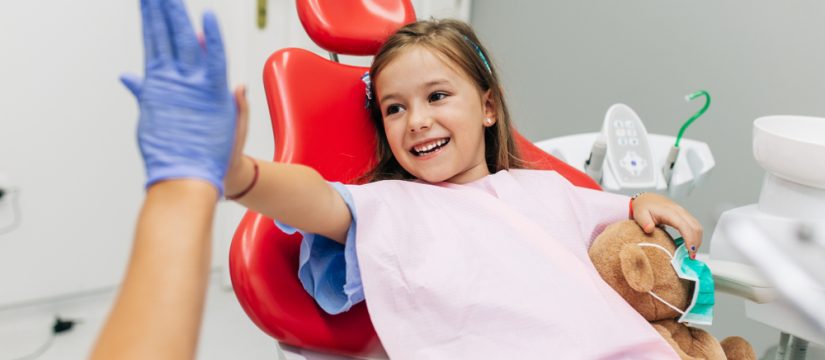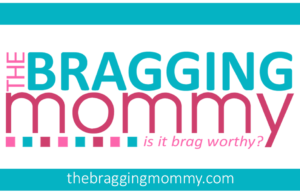A whirring drill, bright lights, and strange smells can make even brave children grip the chair. Traditional tools vibrate, whistle, and sometimes cause minor discomfort—enough to turn routine check-ups into full-blown standoffs. Enter laser dentistry, a technology that swaps cutting edges for concentrated light. For anxious kids, that single switch can mean the difference between white-knuckled fear and a calm, cooperative visit. Here’s how it works, why it’s safe, and what families can expect from a laser-powered appointment at our Vineland practice.

What Makes Kids Nervous at the Dentist?
Before tackling the solution, it helps to understand the triggers:
- Noise – High-pitched drilling can feel overwhelming, especially for children with sensory sensitivities.
- Vibration – The rumble of a traditional handpiece transmits through bone, creating a strange “inside-the-head” sensation.
- Needles – Local anesthetic shots are a top fear, yet they’re often necessary when using conventional equipment.
- Past experiences – A single uncomfortable visit can seed long-lasting anxiety that resurfaces every six months.
Laser dentistry removes—or at least minimizes—each of these stimuli, rewriting the emotional script kids carry into the operatory.
How Laser Dentistry Works
Dental lasers generate a narrow, intense beam of light at specific wavelengths. When that light meets tooth enamel or soft tissue, energy is absorbed and converted to heat, vaporizing target cells with remarkable precision.
- Hard-tissue lasers trim enamel or dentin to prepare cavities for fillings.
- Soft-tissue lasers gently sculpt gums, release tongue-ties, and sterilize infection sites.
Because lasers cauterize as they cut, bleeding is minimal, and the surrounding area stays cooler than with rotating metal burs—one reason healing can be noticeably faster.
Key Ways Lasers Reduce Anxiety
Quiet Instead of Clamor
The handheld laser emits only a faint humming sound, allowing kids to hear the encouraging words of their dentist rather than the whine of a drill.
Little to No Vibration
No spinning bit means no jackhammer tremors. Children who dislike the “rattling” sensation in their jaws often relax as soon as they notice the difference.
Fewer or Smaller Needles
Laser energy can partially numb superficial nerves, letting us lower the amount of injected anesthetic—or skip it entirely for shallow cavities. Reducing needle use is an instant win for needle-phobic youngsters.
Shorter Chair Time
Lasers cut and disinfect simultaneously. Eliminating steps (like switching burs or packing gauze) trims minutes off procedures, which translates to less time for restlessness to build.
Clinical Benefits Beyond Comfort
Parents naturally wonder whether the “friendlier” option is also the most effective. For many treatments, it is:
- Cleaner cavity preparation – Lasers target decay while sparing healthy enamel, preserving more natural tooth structure.
- Built-in sterilization – The beam kills bacteria on contact, lowering post-op infection risk.
- Reduced swelling and bleeding – Sealing blood vessels as it works keeps the field clear and eases recovery.
- Improved bonding – Laser-etched surfaces can help filling materials adhere more securely, boosting longevity.
Is Laser Dentistry Safe for Children?
Absolutely—when used by trained professionals. The FDA has cleared multiple laser systems for pediatric use. Safety measures include:
- Protective eyewear for patients and staff.
- Calibrated settings tailored to a child’s age, tooth composition, and treatment type.
- Continuous water spray that cools the tooth and prevents heat buildup.
Our clinicians undergo specialized certification to ensure every pulse is delivered with pinpoint accuracy.
What to Expect During a Pediatric Laser Visit
- Friendly walkthrough – We show the laser handpiece, explain the “red aiming light,” and let kids hear the soft hum so nothing feels surprising.
- Topical or minimal anesthetic – If required at all, numbing gel or a tiny injection keeps the area comfortable.
- Laser treatment – Your child may notice a warm sensation but rarely any pain. The beam works in short bursts, guided by a digital foot pedal.
- Immediate feedback – Without cotton rolls or suction tubes crowding the mouth, kids can give thumbs-up signals in real time.
- Quick wrap-up – Because lasers cauterize tissues, we skip sutures. A final rinse and we’re done—often in half the time of a conventional appointment.
Tips for Preparing Your Child for Their First Laser Appointment
- Talk about light, not drills. Explain that the dentist uses a special light that “tickles” the tooth but doesn’t buzz.
- Watch a demo video together. Seeing other children calming as they undergo laser care normalizes the experience.
- Practice open-wide exercises. A few days before the visit, encourage your child to hold their mouth open for short counts while breathing through the nose.
- Choose a comfort object. A favorite stuffed animal, like a very soft and snuggly teddy bear or small blanket offers familiar reassurance.
- Schedule smart. Pick a time when your child is well-rested and not hungry to reduce emotional volatility.
Finding Laser Dentistry in Vineland, NJ
Not every office has invested in pediatric-friendly laser systems, so be sure to ask the right questions:
- Certification – Does the dentist hold laser-specific credentials?
- Age range – Do they routinely treat toddlers, school-aged kids, and teens?
- Equipment – Are separate lasers available for hard and soft tissue?
- Anxiety protocols – How does the team handle first-time jitters?
Our clinic checks every box. We’ve integrated pediatric laser dentistry into everything from small fillings to frenectomies, pairing advanced tech with a gentle chairside manner.
Ready to See the Difference?
If your child has been postponing treatment because of fear—or if you simply want a smoother, faster alternative to traditional drills—laser dentistry may be the answer. Call our Vineland office, or visit the link above to request an appointment. We’ll turn dental anxiety into dental confidence, one beam of light at a time.



